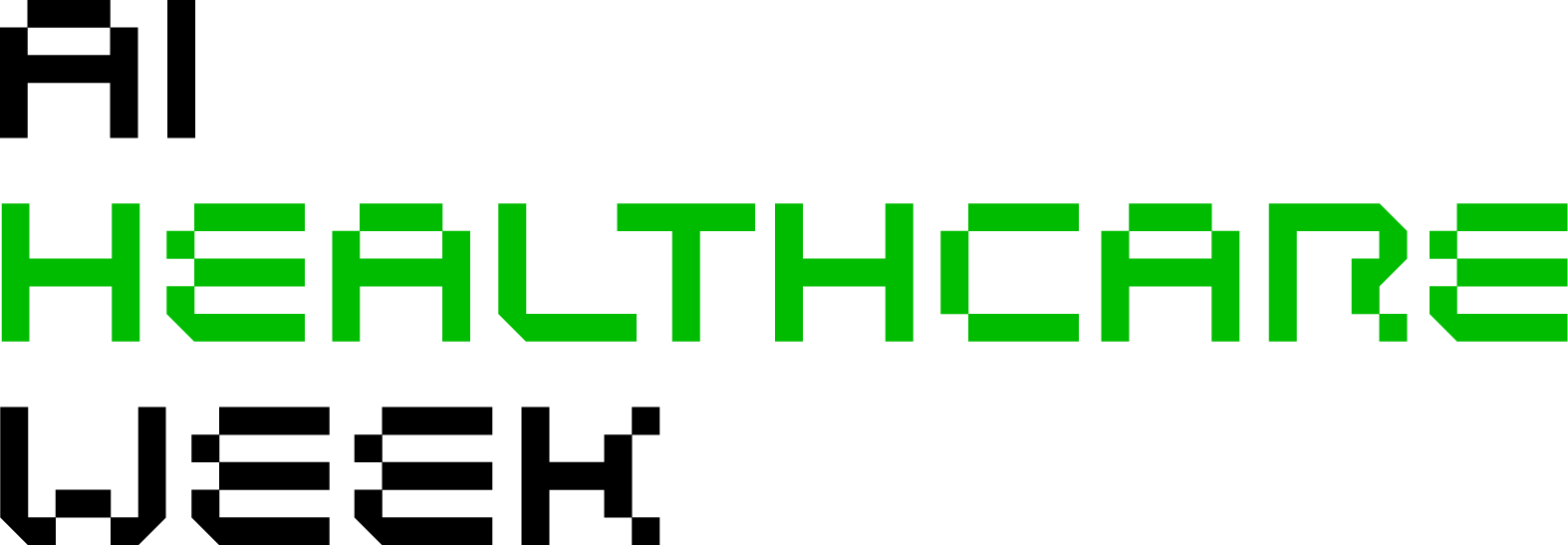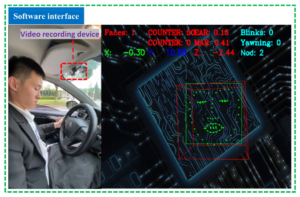Fatigue-related incidents are a major concern in high-risk industries such as healthcare, manufacturing, and logistics. AI-powered fatigue detection is emerging as a game-changer in occupational health by predicting exhaustion levels, preventing workplace accidents, and optimizing worker productivity. As organizations embrace AI-driven health solutions, fatigue management is becoming a crucial pillar of workplace safety.
The Rising Challenge of Workplace Fatigue
Chronic fatigue is linked to reduced cognitive function, slower reaction times, and increased accident rates. According to the GCC Occupational Safety & Health Network (GCC-OSH), fatigue-related incidents contribute to 20% of workplace injuries in high-risk sectors. AI-powered fatigue detection aims to eliminate these risks by providing real-time worker assessments.
How AI-Powered Fatigue Detection Works
AI-driven fatigue detection utilizes a combination of biometric monitoring, machine learning algorithms, and real-time data analysis to assess worker alertness. Key technologies include:
- Computer Vision: AI cameras analyze micro-expressions, eye movement, and head positioning to detect early signs of fatigue.
- Wearable Sensors: Smart helmets and wristbands track heart rate variability and skin temperature to assess fatigue levels.
- Predictive Analytics: AI models process historical data to forecast when a worker is at high risk of exhaustion.
Ethical Considerations & Compliance in the GCC
Adopting AI-powered fatigue detection requires strict compliance with DHA (Dubai Health Authority) occupational health regulations and Saudi Arabia’s Vision 2030 workplace safety initiatives. Privacy concerns surrounding biometric data collection must also be addressed to ensure ethical AI deployment.
AI & The Evolution of Workplace Wellness
- AI-driven shift scheduling for fatigue prevention
- Neuro-AI models to assess cognitive fatigue levels
- Integration with AR/VR training programs for high-risk occupations
AI-powered fatigue detection is redefining workplace health & safety by preventing accidents, improving productivity, and safeguarding worker well-being. As industries continue to prioritize AI-driven occupational health solutions, fatigue management will become a key driver of operational efficiency and workforce longevity.



